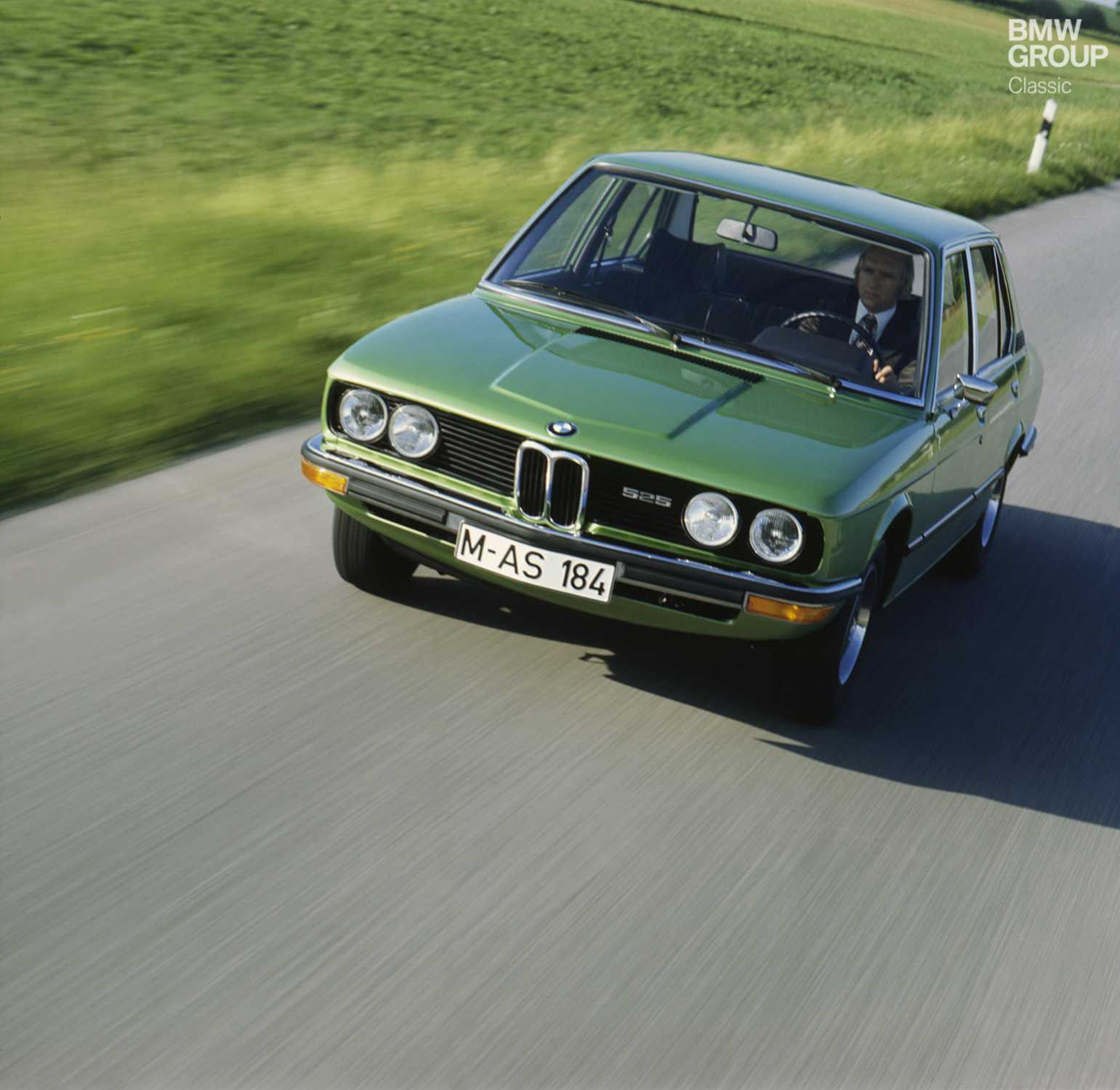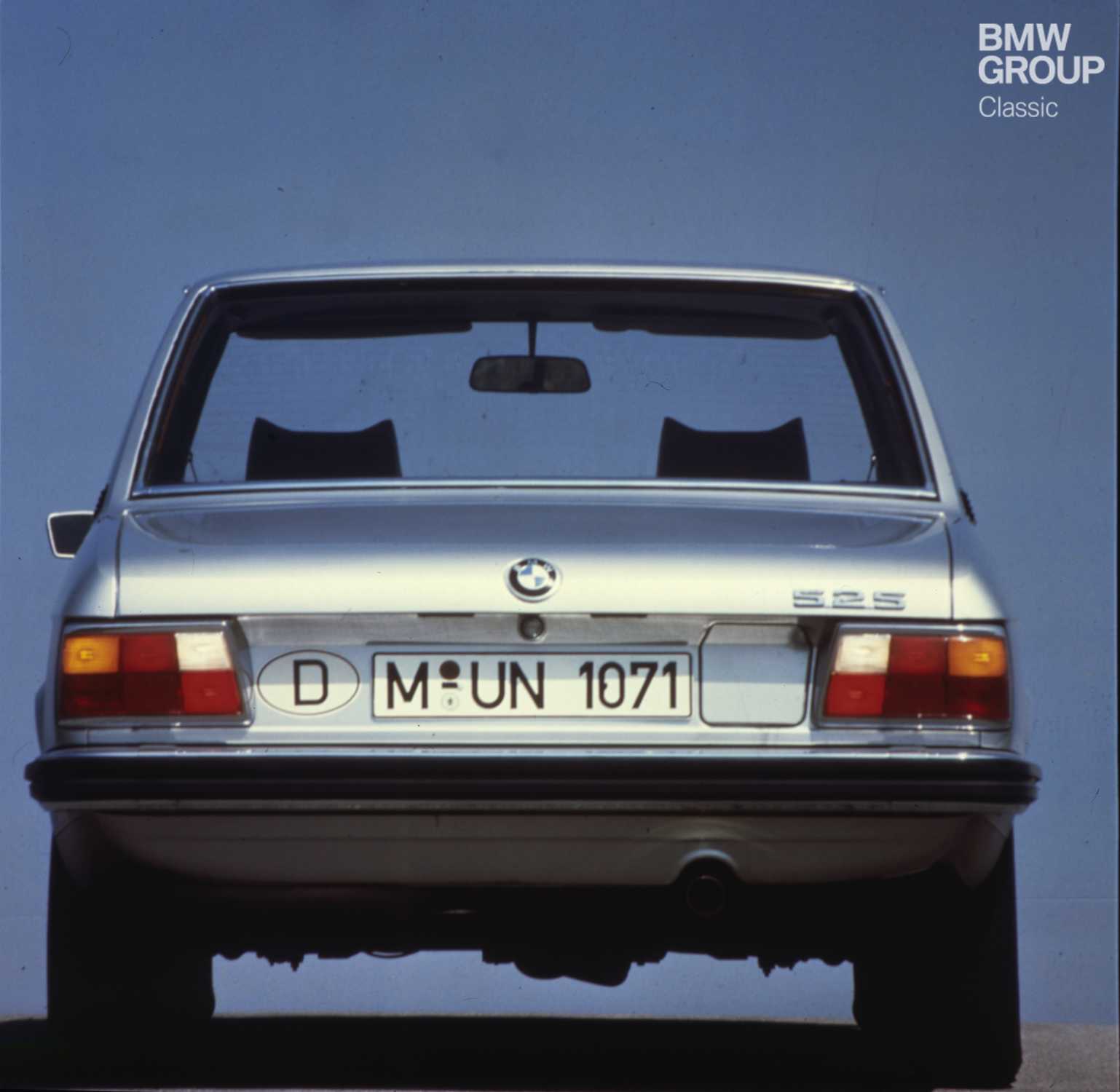If, like me, you used to enjoy a good French crime drama – the filterless cigarettes, the trench coats, the men with a sideline in chansons whose faces told a thousand stories – then the scenes I’m about to describe will likely strike a chord:
Torrents of rain and gusts of wind sweep across a small town in southern France. Across the road from a bank, four men in dark glasses bide their time. The streets are empty; the winter weather has seen to that. As three of the men step out of the car, its identity becomes clear: a BMW 5 Series, its quartet of yellowy headlights creating a beguiling contrast against the body’s metallic paintwork. As if you didn’t have your suspicions already, an action-packed chase scene is about to follow. But why is that a foregone conclusion?
Because then, as now, BMWs represented an unspoken statement of intent; these were cars for people who knew their stuff, an expression of superiority and competence. And they cropped up frequently in crime dramas – not least in the hands of those villains for whom many of us harboured a sneaking envy. After all, the bad guys often had the most fun. They also had a freer choice of car. Because they weren’t paying for it, of course, but most pertinently because a French lawman could only ever be seen in a native model.
The first 5 Series with a six-cylinder engine
In 1966 BMW added an entry-level model to its ranks in the shape of the 02 series, which rather conveniently inherited the engine from the 1800/2000 in the process. The result was nothing less than legendary. BMW presented the 520 in the Olympic year of 1972 as a successor to the über-popular “Neue Klasse” mid-size models. The 520 was larger and more elegant than its predecessor, but still started life with only a four-cylinder engine on board. That said, Erik Ode, who played the title role in German TV series “Der Kommissar”, had already been turning up at crime scenes in an elegant six-cylinder BMW coupe – known simply as the 2500 – since 1968. So it doesn’t take much detective work to realise that the company had long presided over a larger engine. And what could be more fitting than slipping this silky smooth, purring and hugely powerful unit into the new model? Nothing, as it happened; that was apparently always the plan. And so the 525 emerged, a test winner in the making.
The only differences between the two models, badge aside, were the “Powerbuckel“ bulge in the bonnet and extra lettering on the front grille (so that the driver in front could identify the car gracing their mirrors). Small details, then, but they had a big impact.
The main attraction was understandably the engine – a unit of rare power and authority, which dispatched its 145 hp to the rear wheels without fanfare or ceremony. A wide torque spread ensured relaxed progress in everyday driving. It didn’t matter which gear was engaged, a healthy sprint was just a nudge of the accelerator away. Not that the gearshift, a thing of precision, was in any way an impediment to more active driving. Indeed, the dash from 0 to 100 km/h was all over in around 10 seconds. That sort of pace was beyond the means of either the 520 or 520i, whose 130 hp was as powerful as it got in the first year of production.
The 525 did an outstanding job of bringing together some very disparate talents. It was quick and commanding, but never anything other than quiet and comfortable. And although it was significantly larger than its predecessor on paper, it actually came across as slim and compact. Its large, high windows gave it a friendly sort of look and helped to create a bright and appealing interior.
The new car offered the powertrain refinement normally the preserve of luxury cars. Which left it somewhat short on rivals. As a rule, buyers in this area of the market had to decide between comfort and sporting ability; finding both in one package was a tough ask.
The 525’s handling remained neutral for a long time, before morphing – with plenty of warning – into the type of oversteer beloved of many a keen driver. It was no surprise that movie stuntmen came over all smiley when they were handed a BMW for car chases. Few cars, if any, could match a BMW’s ability to nail such spectacular drift angles, yet also remain so controllable. You wouldn’t always be called upon to drift a BMW, but that option was certainly available – and in big doses, if required. Film directors rejoice!
Only a BMW could be this well-mannered and yet also thrilling to drive. If you’ve any experience of other rear-wheel drive cars from this period, regardless of whether their engine displaced 0.5 or 2.3 litres, you’ll know what I’m talking about.
Here and now:
Needless to say, anyone looking to get their hands on a first-generation E 12 525 (1973 – 1981) nowadays needs a little patience. But there are some around, the 525 having long since proven its long-lasting quality. As with all cars of this era, regardless of manufacturer, it was mostly rust that brought proceedings to a “natural” end. Not all owners drove their cars through the winter, though. Many left them in the garage for much of the time, proudly wrapped and pampered. Find one of those and you’ll be in for a treat.
The 5 Series was well made, its materials durable and robust. Parts are generally in good supply, the BMW scene a willing and reliable source of help. And it goes without saying that we at BMW Classic are always happy to have one of the first 5 Series cars to sport a six-cylinder engine in our midst.
The 525 is a classic car for everyday use – still capable of mixing it with the best and with enough space for the family – to the point where you soon forget how old it really is. Quite simply, it still puts smiles on faces, as it has for an astonishing 43 years. But if you can’t track one down near you, there is another option: it’s called the 528 (built from 1975) and it tends to be slightly more expensive. But as the range-topper it is certainly well equipped. The 528 gives you everything you’ll find in the 525, but with even more polish. Call it indulgent fun. And, unlike some of the Kommissar’s adversaries, you won’t need to rob a bank to get a taste of it.
Technical specifications for the BMW 525 from 1973
Price at presentation in 1973: 17,505.00 marks
Six-cylinder in-line engine with 2.5-litre displacement, 145 hp
Top speed: 194 km/h
Acceleration:
0–80 km/h: 7 seconds
0–100 km/h: 10.1 seconds
Fuel consumption (depending on driving style): 13–15.5 litres of super unleaded per 100 km
Weight with a full tank: 1,350 kg
Tyres: 175 HR 14




